Tungsten Metallurgy
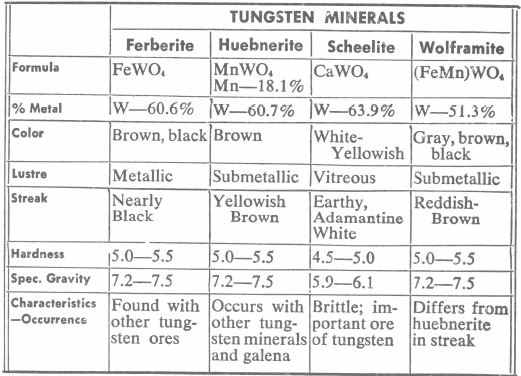
Nearly all alloy steels containing tungsten are made in the electric furnace where tungsten is introduced to the steel’s metallurgy in the form of ferro-tungsten. Ferro-tungsten, melts between 3500 and 3700 degrees F., while tungsten powder melts between 6000 and 6200 degrees F. Neither will actually melt in a steel-making furnace, but the ferro-alloy because […]
Extracting Tungsten from Wolframite Gold Ore
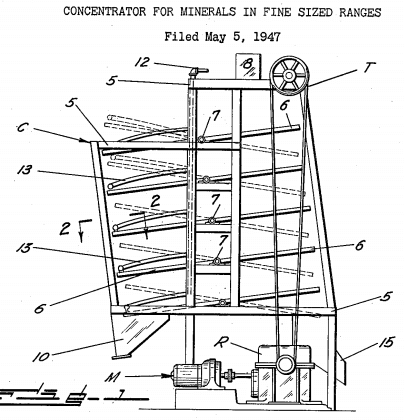
The present great demand for tungsten due to world conditions has resulted in an increase of tungsten ore dressing problems for our metallurgists. The flowsheet study shown here was recently developed for treatment of a very complex tungsten-gold ore. The flowsheet study previously shown for tungsten was devised for a simple tungsten ore free of […]
Extraction of Tungsten from Scheelite Ore
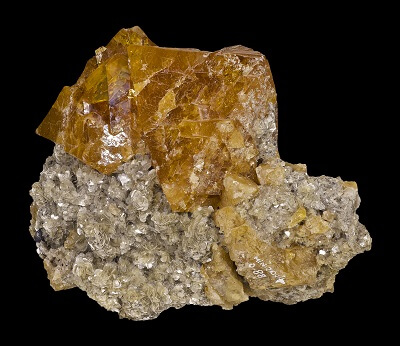
High price and ready market for acceptable tungsten concentrates present a very attractive incentive for the mining and processing of tungsten ores. Since all tungsten ores are very friable and slime easily, concentration must take place as soon as the mineral has been liberated by either crushing or grinding methods. Regardless of the care taken […]
Crushing and Grinding Wet & Sticky Ore
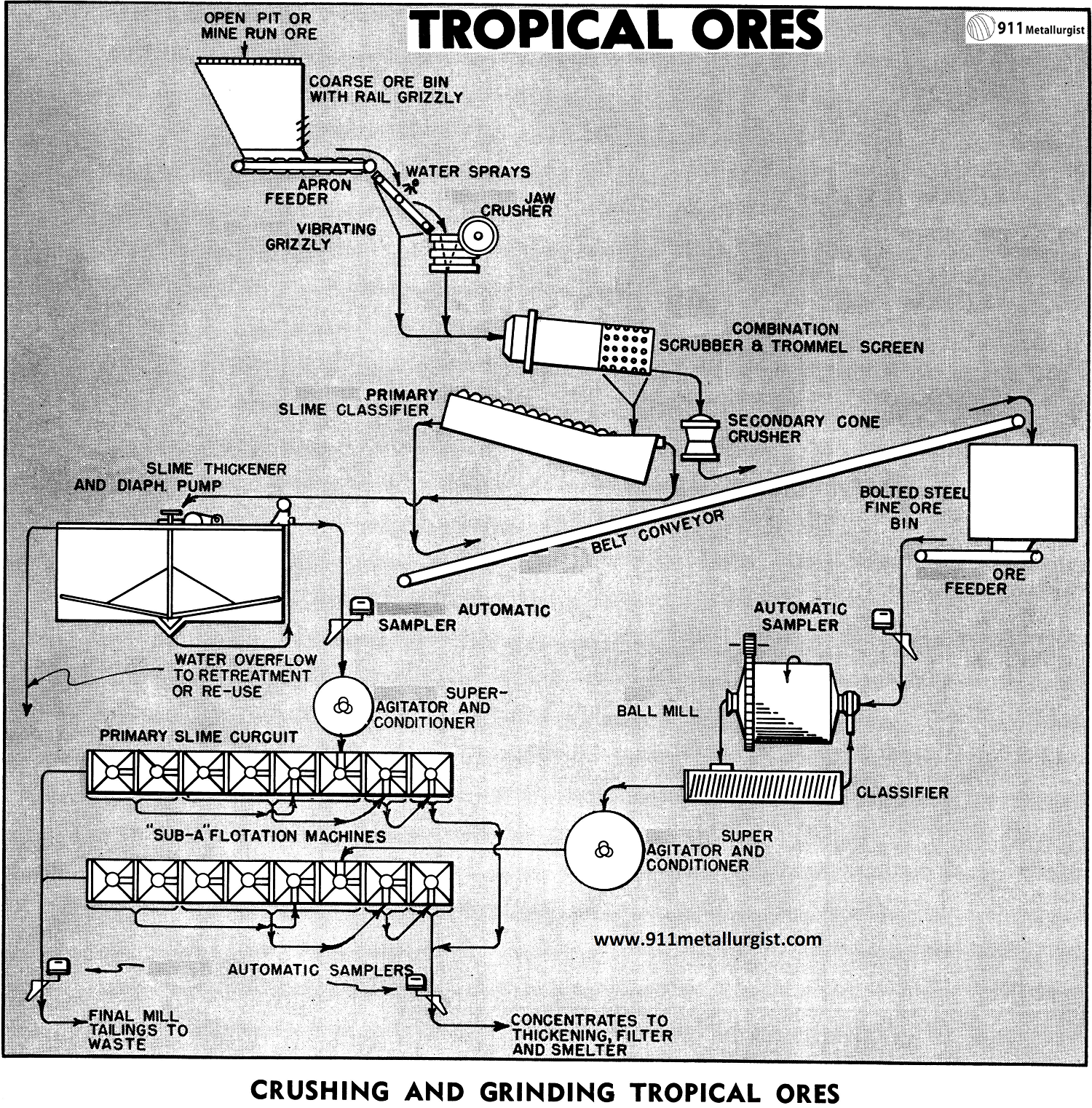
In the handling of wet, sticky ores such as encountered in tropical areas having distinct dry and rainy seasons, the crushing plant is a section of the mill which must be planned very carefully. Unless this is done, crushing becomes a constant source of trouble resulting in lost production and high milling cost. In some […]
Titanium Ore Processing and Beneficiation

To develop a flowsheet for separation of high grade titanium-rutile from ilmenite, that will meet market requirements. Rutile has a SG of 4.2, hardness 6.0 to 6.5 and is non-magnetic; while ilmenite has a SG of 4.5 to 5.0, hardness of 5.0 to 6.0, and is weakly magnetic. Both minerals are amenable to gravity concentration. Titanium, “the […]
SRU Sulphur Recovery Process

During the past few years the requirements of manufacturers have increased to the extent that demand for sulphur has almost doubled. New uses, too, are continually being discovered; all of which has thrown more and more burden on Gulf Coast producers. It is apparent that new sources must be found to meet the increased demand, […]
Processing Spodumene by Froth Flotation for Lithium
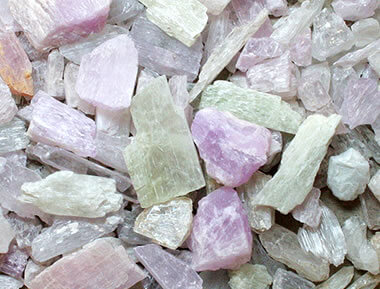
Spodumene theoretically contains 8.03% Li2O and therefore the production of this mineral is greatly increasing because of the expanded use of lithium in the manufacture of high temperature insoluble lubricants, ceramics, pyrotechnics, non-ferrous welding fluxes, air purifying agents, and hydrogen isotopes. Extracting Lithium from its Ore The problems of spodumene mineral dressing depend on the […]
Silica Sand Processing & Sand Washing Plant Equipment
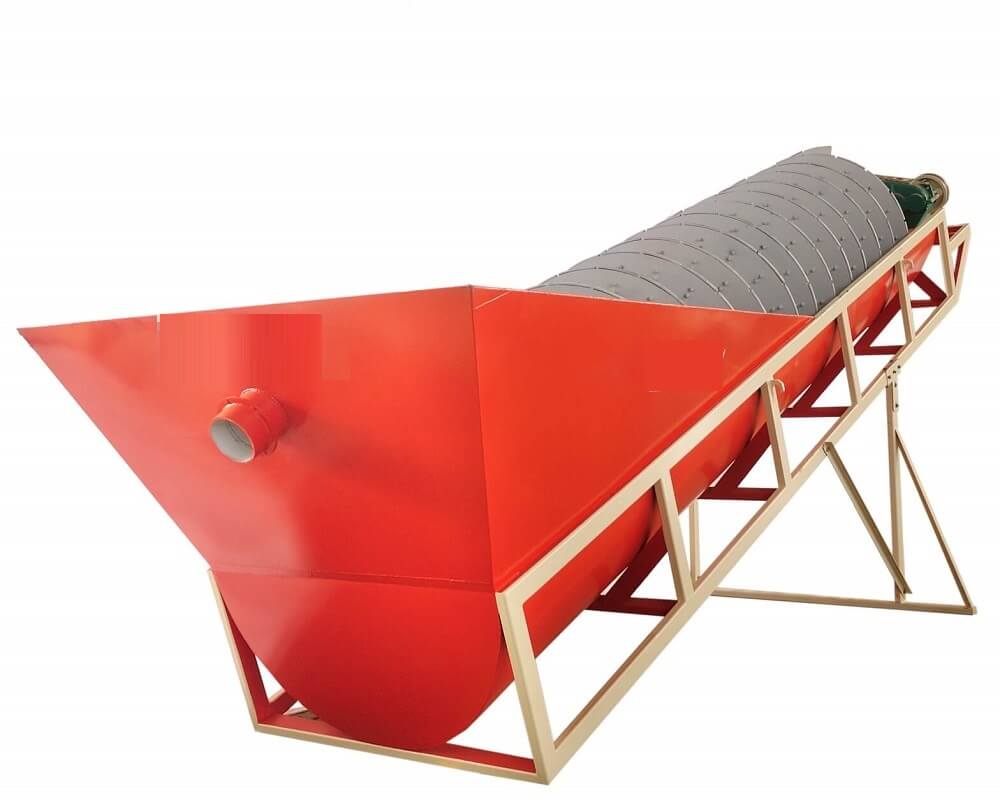
Silica sand low in iron is much in demand for glass, ceramic and pottery use, and for many of these applications clean, white sand is desired. Impurities such as clay slime, iron stain, and heavy minerals including iron oxides, garnet, chromite, zircon, and other accessory minerals must not be present. Chromium, for example, must not […]
Recycling Sand from Foundry Casting Molds

The flowsheet shown in this study is particularly adapted to the requirements of the average foundry to reclaim foundry sand for re-use. Any foundry whose new sand delivered costs is too high should seriously consider reclamation with the flowsheet as illustrated. This reclaimed sand is usually equal to, or better than the original sand. Foundry […]
Pyrite Tailings Recovery by Flotation
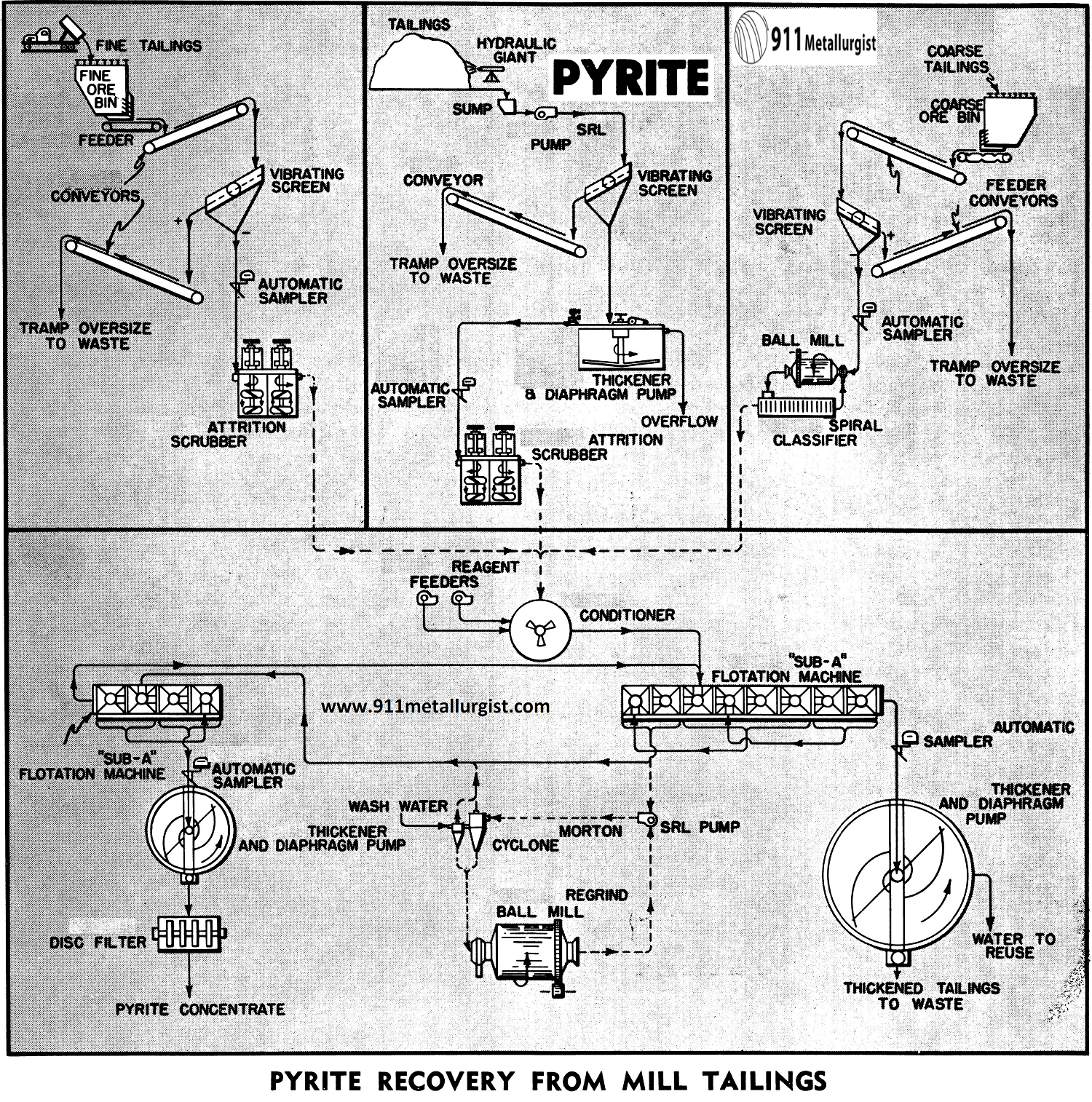
Pyrite has long been used as a source of sulphur, and its recovery as a by-product from the flotation of certain base metal ores is a well established practice. Large tonnages of mill tailings which have accumulated as a result of various milling operations frequently contain significant amounts of pyrite. In many instances these tailings […]
